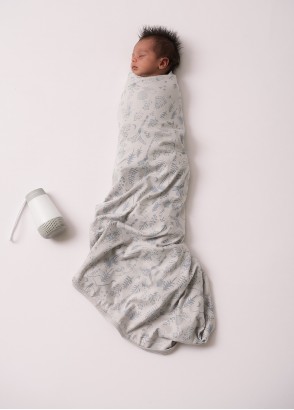Lullabies have long been used for comforting babies and helping them fall asleep. However when it comes to calming newborns, white noise is far more effective than lullabies and classical music.



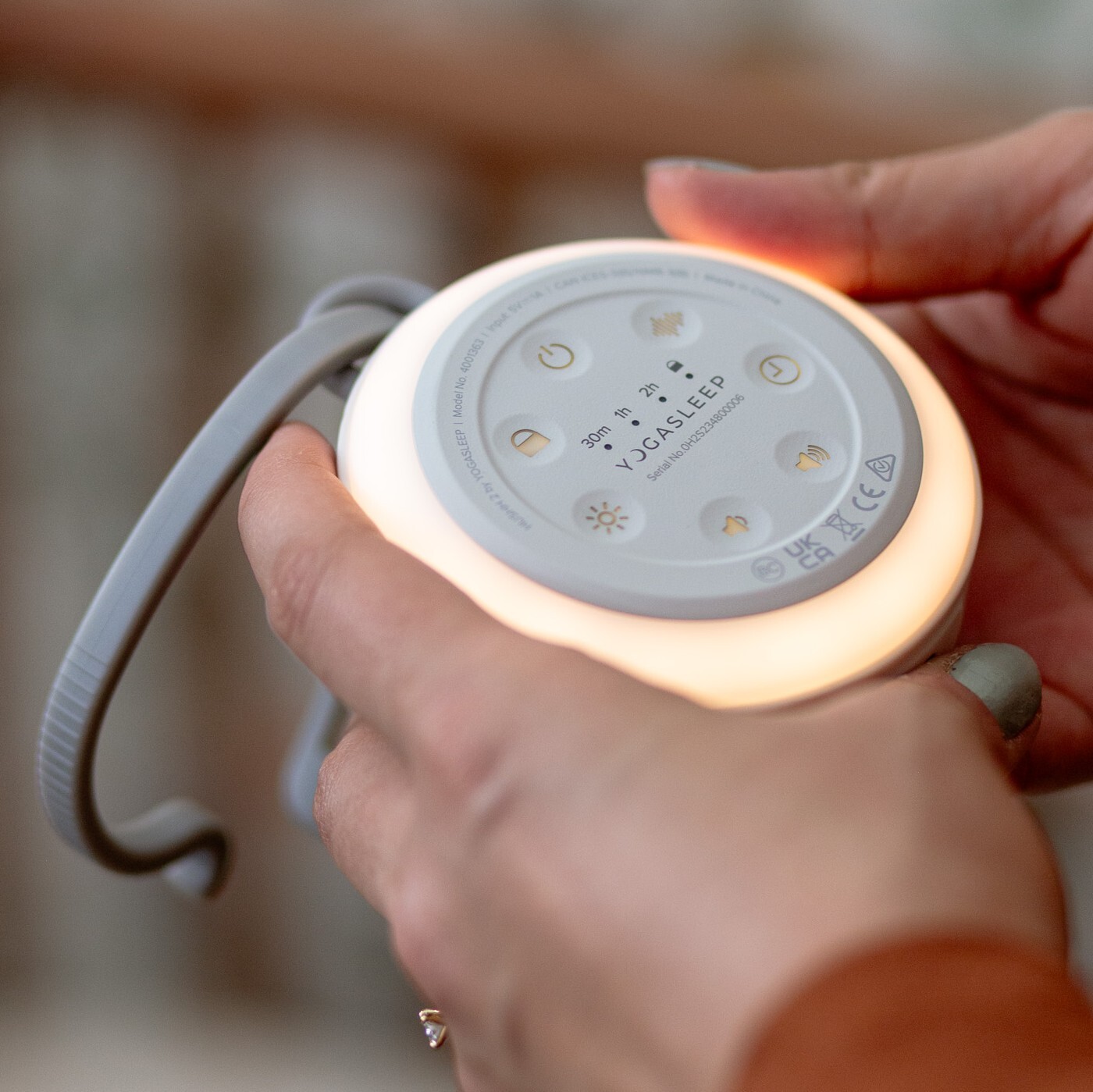
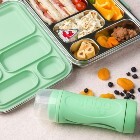
 Feed
Feed

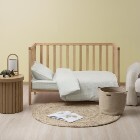
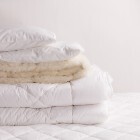
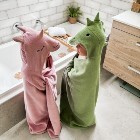
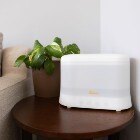
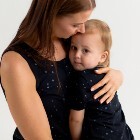
 For Mum
For Mum

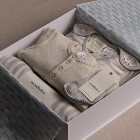
 Gifts
Gifts


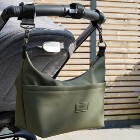
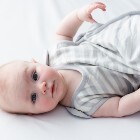
VIP Rewards
Earn points to exchange for store credit or exclusive reward gifts every time you shop!
You'll get 100 points - that's $5 store credit!
Earn 1 point for $1 spent.
Convert points to store credit or choose a FREE gift*

Lullabies have long been used for comforting babies and helping them fall asleep. However when it comes to calming newborns, white noise is far more effective than lullabies and classical music.
White noise is just like the 'sssshing' and 'swoooshing' sounds your baby heard for nine months in the womb. Inside the womb, the noise is constant. It's louder than a vacuum cleaner, 24 hours a day! So your newborn has already been listening to white noise for many months before she is born...and this is one of the reasons babies are calm INSIDE the womb. Playing continuous white noise is one of the easiest ways to provide your baby with 4th Trimester 'womb service' and make them feel right at home.
White noise can be described as a sound similar to radio or TV static or a humming air conditioner. Meghan Neal writes in The Atlantic that white noise is “a mixture of all the frequencies humans can hear (20 Hz to 20,000 Hz), fired off randomly with equal power at each — like 20,000 different tones all playing at the same time”. 1 Because it covers all frequencies white noise can be used to mask background noises and help people, especially babies, fall asleep more easily and more deeply. It may also help people stay in deep sleep longer as it can mask loud, jarring noises which may otherwise wake a baby or adult out of a deep sleep.
Calming your baby's crying
Getting your baby to fall asleep
Helping your baby resettle and stay asleep
Helping mum and dad get back to sleep after night-waking
Helping older babies and toddlers to fall asleep, especially for day sleeps
Covering other household noise
Calming colicky crying or crying in the 'witching hour'
Our most popular white noise options are the excellent machines in the Yogasleep range - Hushh, Whish or Dohm
You can use household white noise such as the dishwasher, clothes dryer, hairdryer or vacuum cleaner
The radio tuned to static is effective with many babies for calming crying and longer sleep
Rain, wind or waves
White noise CD - Baby's First White Noise is highly recommended if you have a CD player
The Sleep Store digital white noise downloads
The white noise machines shown in this video (above) were recorded at similar volumes, however some white noise machines can be played louder (or quieter) than others.
For example, the Lulla Doll has one set volume which is about as loud as a refrigerator or the sound of light traffic.
The Yogasleep Dohm also has a set volume (about as loud as a shower).
Many other Yogasleep models and the Baby Shusher have adjustable volume controls, allowing them to be played quietly when they are close to baby and louder (up to about the volume of a vacuum cleaner) when used further away.
Refer to the product's description for how loud each machine can be made to play.
CDs and machines are created by specialists in white noise sounds
Frees up your mobile device & conserves the battery
No startling phonecall or notification interruptions
No smart device radiation near baby
Safe volume levels of sound from white noise machines
First swaddle your baby - this helps start the settling process.
Play the white noise louder than your baby is crying, so she can hear it - this would be for a very short time to get your baby's attention and start the calming process.
Leave the white noise on repeat through the whole day sleep or through the night - at a lower, talking volume. A maximum volume of 50 decibels is considered safe for continuous use for babies.
Yes, white noise machines are safe for babies and they can be an excellent sleep cue, especially when away from home. Like anything, you need to be mindful of how high the volume is, for how long and also how close it is to the baby’s head. We recommend having the machine at least 1metre away from the baby’s head and also turning down the volume once the baby is asleep. In Pediatrics, the official journal of the American Academy of Pediatrics, Hugh et al recommended a maximum safe exposure for infants as “a 50-dBA-equivalent noise level averaged over 1 hour” 2. This is the equivalent of a dishwasher being on in the next room. A range of apps are easily available to measure decibels at home through your mobile.
You can introduce white noise at any age. It can be safely used with newborn babies. It is also really effective with older babies and toddlers, even if you have never used it before.
White noise is also very effective for helping adult insomnia!
Parents are often worried that their baby will become addicted to white noise, and miss out on the most effective and simple settling tool around. However your baby is already addicted to white noise, she's heard it for 9 months!!
Not using white noise forces your baby to have to learn to settle in a very unfamiliar environment without one of the main sensory conditions she is used to.
We find it's more likely that parents become addicted to using white noise with their baby, as it's so effective for settling. However it's easy to gradually reduce the volume of white noise or gradually reduce usage once you are ready to wean your baby off white noise.
Playing music when babies sleep is very different to using white noise. Whilst a lullaby or classical music can be soothing, the aim of white noise is to completely block out background sounds like radio or TV static. And whilst music can be soothing, is can also be stimulating, so may not work for all babies (likewise, not all babies may like white noise). Either way, if you are regularly using soft music or white noise at bedtime, these can become useful sleep cues to help your baby fall asleep quicker.
You can continue to use white noise as long as it's effective for helping your baby settle and sleep better. Many families find it helps their older babies or toddlers to resettle and sleep through the night. There is no right time to stop using it, and as it's very safe, you can continue using it as long as you like. Some adults even use White Noise machines!
White noise machines should be used safely so as not to damage hearing. We recommend having the machine at least 1metre away from the baby’s head and also turning down the volume once the baby is asleep. White noise can be used at higher volumes whilst your baby is going to sleep and then lowered once the baby is asleep. If you’re concerned about your baby’s hearing we recommend you contact your baby’s GP.
White noise can be an effective tool to calm babies and help them sleep deeper, for longer. Many adults also use white noise (or brown or pink) to help them fall asleep and help them sleep more deeply. Different hues of noise work by masking other sounds such as traffic or other children in the house, thereby reducing the likelihood of the baby to be woken during sleep from a sudden noise.
White noise works by masking background noises and therefore reducing the impact of a sudden, loud noise when sleeping. By blocking out background noise adults and babies can fall asleep more easily and more deeply, contributing to a more restful sleep. White noise is a combination of all frequencies at all energy levels and this is how it can mask background noise.
Playing music when babies sleep is very different to using white noise. Whilst a lullaby or classical music can be soothing, the aim of white noise is to completely block out background sounds like radio or TV static. And whilst music can be soothing, is can also be stimulating, so may not work for all babies (likewise, not all babies may like white noise). Either way, if you are regularly using soft music or white noise at bedtime, these can become useful sleep cues to help your baby fall asleep quicker.
Check out our range of white noise, including White Noise CDs and our range of excellent Yogasleep White Noise Machines. Both are ideal for calming crying, dealing with colic and helping your newborn fall asleep.
1. Neal, M. (2016, February 16). The Many Colors of Sound. The Atlantic. Accessed 28 May 2021, from https://www.theatlantic.com/science/archive/2016/02/white-noise-sound-colors/462972/
2. Hugh et al (2014, April) Infant Sleep Machines and Hazardous Sound Pressure Levels. Accessed 2st June 2021 from https://pediatrics.aappublications.org/content/133/4/677
Please confirm your country or region to ensure you’re browsing the correct store.
Please note, if you are browsing on an IP address outside of Australia then prices will display excluding GST, however GST will apply at checkout.
CONTINUE
